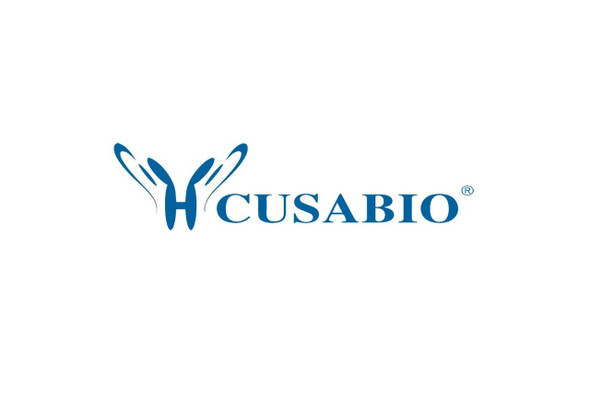Cusabio Gallus gallus Recombinants
Recombinant Gallus gallus Heat shock 70 kDa protein, partial | CSB-BP362326CH
- SKU:
- CSB-BP362326CH
- Availability:
- 3 - 7 Working Days
Description
Recombinant Gallus gallus Heat shock 70 kDa protein, partial | CSB-BP362326CH | Cusabio
Alternative Name(s): /
Gene Names: N/A
Research Areas: Signal Transduction
Organism: Gallus gallus (Chicken)
AA Sequence: GKGPAIGIDLGTTYSCVGVFQHGKVEIIANDQGNRTTPSYVAFTDTERLIGDAAKNQVAMNPTNTIFDAKRLIGRKYDDPTVQSDMKHWPFRVVNEGGKPKVQVEYKGEMKTFFPEEISSMVLTKMKEIAEAYLGKKVETAVITVPAYFNDSQRQATKDAGTITGLNVMRIINEPTAAAIAYGLDKKGTRAGEKNVLIFDLGGGTFDVSILTIEDGIFEVKSTAGDTHLGGEDFDNRMVNRFVEEFKGKHKRDNAGNKRAVRRLRTACERARRTLSSSTQASIEIDSLFEGIDFYTSITRARFEELNADLFRGTLEPVEKALRDAKLDKGQIQEIVLVGGSTRIPKIQKLLQDFFNGKELNKSINPDEAVAYGAAVQAAILMGDKSE
Source: Baculovirus
Tag Info: N-terminal 10xHis-tagged and C-terminal Myc-tagged
Expression Region: 3-389aa
Sequence Info: Partial
MW: 46.5 kDa
Purity: Greater than 85% as determined by SDS-PAGE.
Relevance: Molecular chaperone implicated in a wide variety of cellular processes, including protection of the proteome from stress, folding and transport of newly synthesized polypeptides, activation of proteolysis of misfolded proteins and the formation and dissociation of protein complexes. Plays a pivotal role in the protein quality control system, ensuring the correct folding of proteins, the re-folding of misfolded proteins and controlling the targeting of proteins for subsequent degradation. This is achieved through cycles of ATP binding, ATP hydrolysis and ADP release, mediated by co-chaperones. The affinity for polypeptides is regulated by its nucleotide bound state. In the ATP-bound form, it has a low affinity for substrate proteins. However, upon hydrolysis of the ATP to ADP, it undergoes a conformational change that increases its affinity for substrate proteins. It goes through repeated cycles of ATP hydrolysis and nucleotide exchange, which permits cycles of substrate binding and release.
Reference: "Interaction of Marek's disease virus oncoprotein Meq with heat-shock protein 70 in lymphoid tumour cells." Zhao Y., Kurian D., Xu H., Petherbridge L., Smith L.P., Hunt L., Nair V. J. Gen. Virol. 90:2201-2208(2009)
Storage: The shelf life is related to many factors, storage state, buffer ingredients, storage temperature and the stability of the protein itself. Generally, the shelf life of liquid form is 6 months at -20?/-80?. The shelf life of lyophilized form is 12 months at -20?/-80?.
Notes: Repeated freezing and thawing is not recommended. Store working aliquots at 4? for up to one week.
Function:
Involvement in disease:
Subcellular Location:
Protein Families:
Tissue Specificity:
Paythway:
Form: Liquid or Lyophilized powder
Buffer: If the delivery form is liquid, the default storage buffer is Tris/PBS-based buffer, 5%-50% glycerol. If the delivery form is lyophilized powder, the buffer before lyophilization is Tris/PBS-based buffer, 6% Trehalose, pH 8.0.
Reconstitution: We recommend that this vial be briefly centrifuged prior to opening to bring the contents to the bottom. Please reconstitute protein in deionized sterile water to a concentration of 0.1-1.0 mg/mL.We recommend to add 5-50% of glycerol (final concentration) and aliquot for long-term storage at -20?/-80?. Our default final concentration of glycerol is 50%. Customers could use it as reference.
Uniprot ID: P08106
HGNC Database Link: N/A
UniGene Database Link: N/A
KEGG Database Link: N/A
STRING Database Link: N/A
OMIM Database Link: N/A









